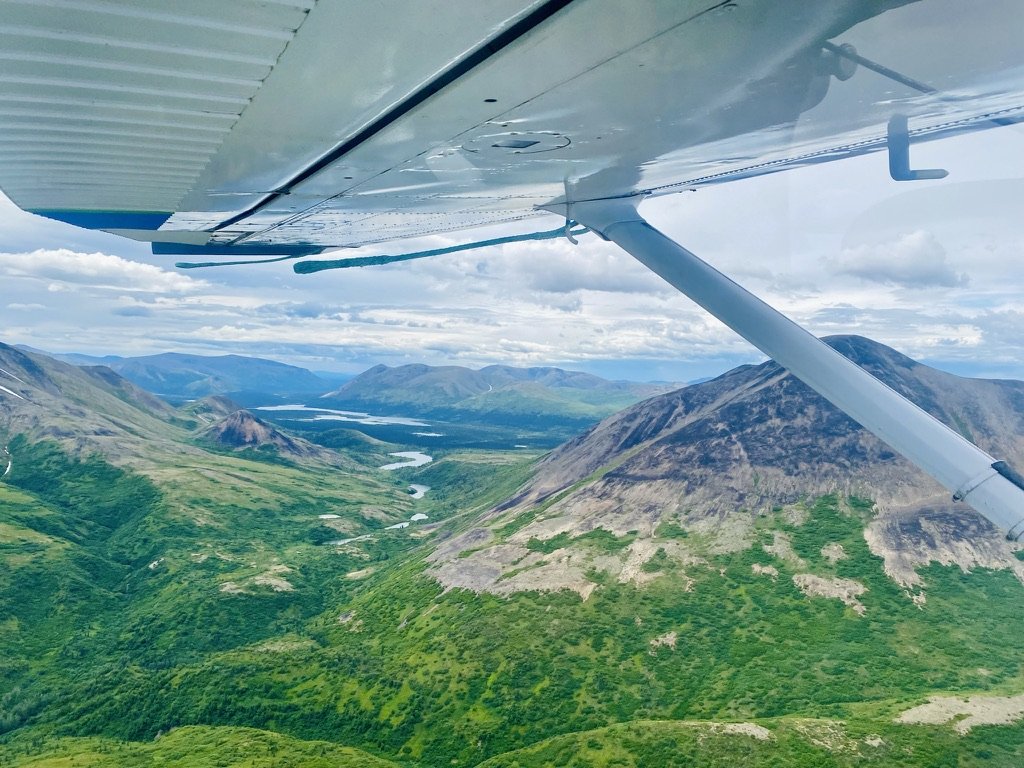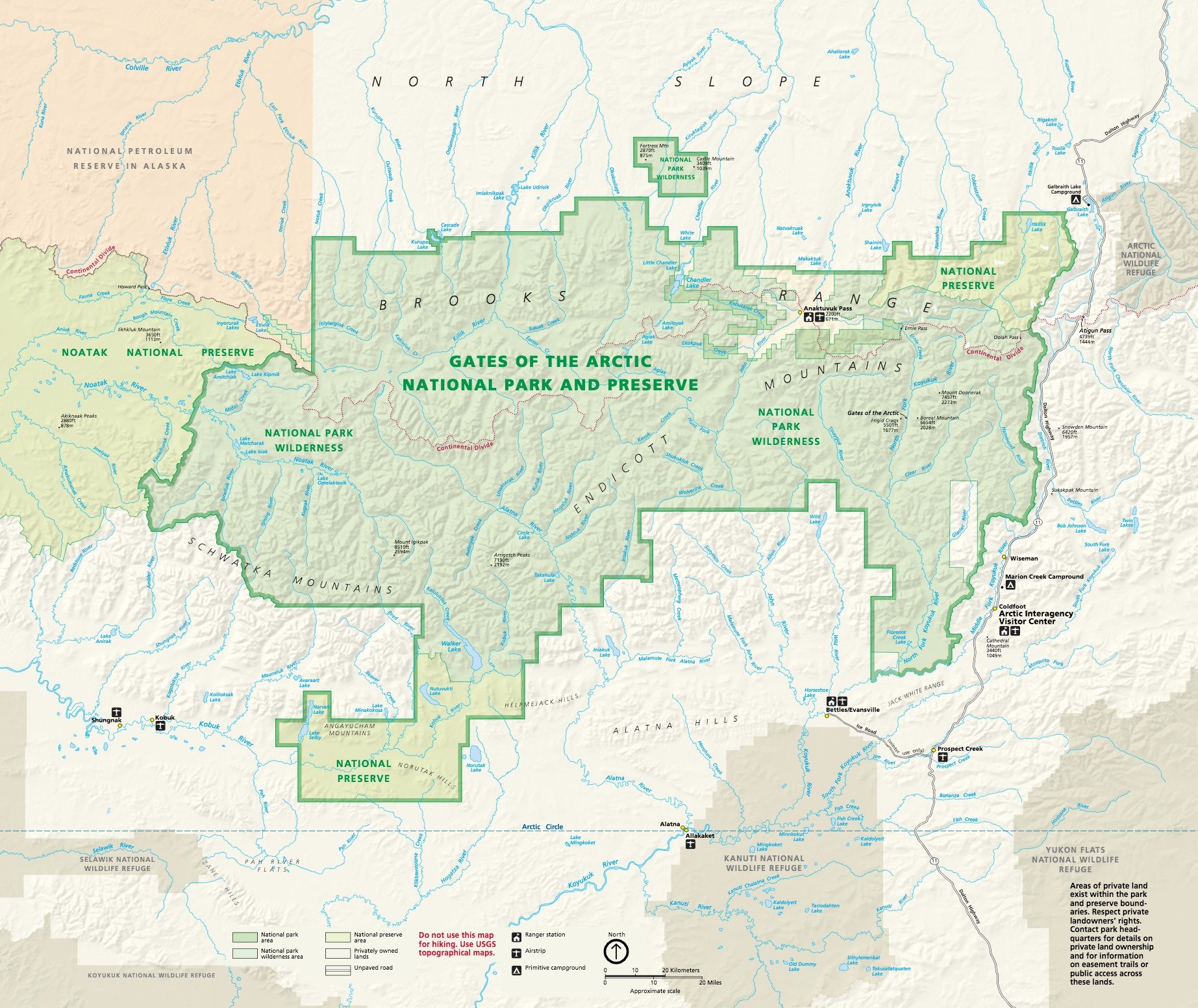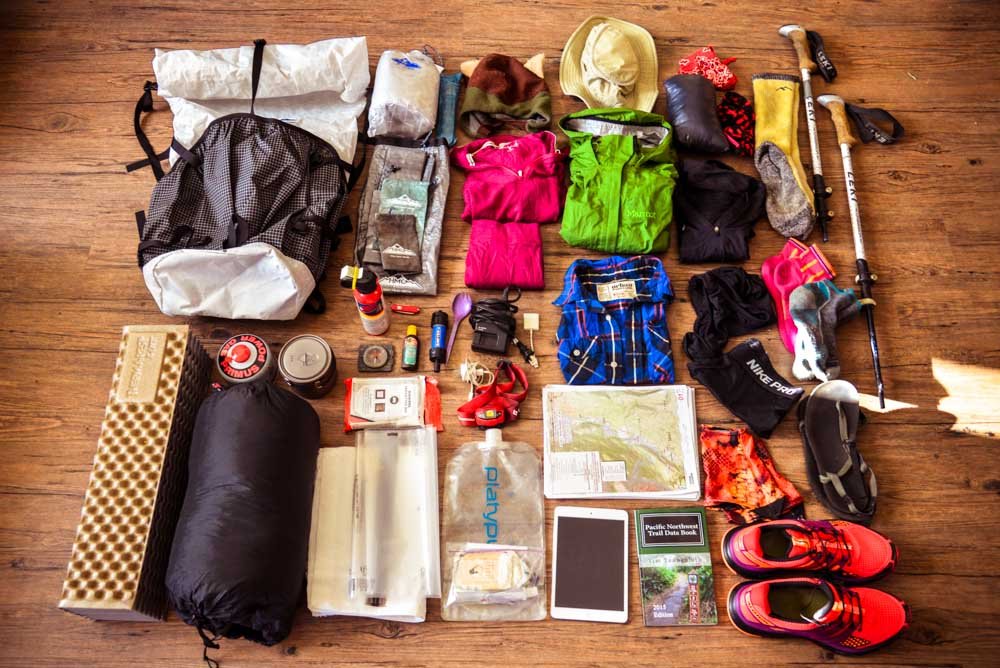Backpacking Planning Guide: Gates of The Arctic National Park, The Brooks Range
TABLE OF CONTENTS
Intro
Season
Routes & Itineraries
North Side / South Side Routes
To Go Guided or UnGuided?
Gear Suggestions for Alaska
Rescue Insurance
Final Thoughts
The Brooks Range has a very different feel than the mountains further south — it’s an older range, with a much lower high point, virtually no glaciers, less touristic buzz, and an ineffable magic that comes from being in the Arctic Circle. The Brooks Range is the northernmost watershed divide in North America, splitting streams running running into the Arctic Ocean and the North Pacific. And it’s home to one of the grandest caribou migrations anywhere on earth. The place is a magic you simply have to experience to understand. Maybe it seems understated from afar, but it is every bit as impactful as Denali or the Wrangells, just in a different tune.
There was a mountain shaped like a pyramid. Each day, I sat before it. Each day, something happened. Changing light from the changing weather animated the geometry of the slope. A bear walked by. Cotton grass swayed in the breeze. Down feathers tumbled across the tundra. Morning frost melted quickly. The mountain was a glorious indifference, a repeating grace, a geologic fortress that softened in the shadows.”
— Terry Tempest Williams
Season
Gates of the Arctic is super far North by generally not that high in elevation. The absolute best time for backpacking is the last week of June through the first week of July. At this time you’re (mostly) snow free and largely bug free too. From the first week of July through September the backpacking is great, but be prepared for the bugs! June is prime time for Caribou in Gates of the Arctic. The fall colors are pretty special up here if you’re willing to have much shorter days.
Getting to Gates of the Arctic
Drive: The Dalton Highway goes right up the eastern border of Gates of the Arctic National Park and makes for relatively easy access. That being said, it can be a long and daunting drive depending on where you’re trying to go (8 - 12 hours for most trip starts.) There’s also a public shuttle from Fairbanks that can take you up for around $400 round trip per person.
Fly Public: You can hop on a Wright Air passenger plane and fly into the indigenous settlement of Anaktuvuk Pass in the heart of GOTA for about $200 one way.
Bushplane Charter: This is the most flexible, effective and costly option. Charter a plane from either Coldfoot or Bettles to almost anywhere in the park. Coldfoot can be accessed by car, public shuttle or scheduled Wright Air flights. bettles can only can only be accessed by Wright Air or by chartering a bush plane.
Combo: Using a combination of these methods can produce some of the best bang for your buck. Take the shuttle up the dalton and hire charter flight pickup, fly to Anaktuvuk and hike to the Dalton Highway, etc.
GATES OF THE ARCTIC BACKPACKING ROUTES AND IDEAS
Central Brooks Range
The Brooks Range is truly massive. It stretches over 600 miles from the U.S. border with Canada’s Yukon territory all the way to the Chukchi Sea in western Alaska. If you want some super cool trip reports, check out Luc Mehl’s blogs about traversing the entire range. Pretty epic. For the purposes of this guide we’re really just looking at a tiny portion of the range from the Haul Road to the Noatak River Basin.
Gates of the Arctic is truly a trail-less wilderness. Your best bet is to start pouring over maps and find a route that excites you. In general people cover between 5-10 miles per day. If it’s your first time backpacking off-trail or your first time backpacking in Alaska, it’s probably best to aim for less mileage and more buffer. I recommend seven days as a minimum trip length to really make it worth the effort and carbon of getting out there. I’ve listed two routes below, but these areas are starting to see a bit too much traffic. So in a way, I’ve listed them as a list of places to avoid.
When planning a trip involving a chartered bush plane, the best thing is just to start a conversation with your pilot. They will be most helpful in figuring out where they can land and pickup. But in general lakes of a decent size are great sports for drop/off or pickup. Looking at lakes and passes on sattelite can also help with route planning.
Car Access Routes:
Atigun Pass to Atigun Pass.
From Fairbanks it’s about an eight hour drive to Atigun Pass or a $200 ride on the shuttle. From Atigun Pass make a loop as big as the number of days you have west into the park.
Car and Plane Combo Routes:
Haul Road to Anaktuvuk Pass
Perhaps the most popular route in Gates of the Arctic (and the one most written about) is hiking from the Anaktuvuk Pass to The Haul Road or vice versa. With a $200 flight and a $200 shuttle ride this is the most cost effective deep wilderness trip you can do in a shorter amount of time in GOTA.
From Anaktuvuk Pass travel east up the Anaktuvuk River. It will take a couple days to reach Ernie Pass, but if schedules allow spending a layover day or two exploring tributary valleys of the Anaktuvuk River is well worth the time. The most scenic of these valleys is the last northern tributary to the west of Ernie Pass, the headwaters of the Anaktuvuk River.
After cresting mellow Ernie Pass, travel east-northeast up Grizzly Creek to Peregrine Pass. Be prepared for avalanche danger in the pass if traveling in early June. Descend into the North Fork Koyukuk River. Bending northeast again, head for the Itkillik River and ascend to Oolah Pass.
From Oolah Pass descend into the Kuyuktuvuk Creek Drainage. Vegetation will increase as you lose elevation. Crest one final ridge at a broad east-west pass located east of Kuyuktuvuk Creek, just as the drainage begins to angle southwest. From this pass, you can see the Dalton Highway and the end of your route. Descend to a small creek, cross the drainage and hike east toward the highway through the worst brush of the trip. Just before the highway you will have to cross the Dietrich River.
Haul Road to Backcountry Pickup
Take the shuttle up the Haul Road to anywhere between Chandler Shelf and Atigun Pass. Pick a route heading west. Get picked up at any number of lakes by a bush plane out of Cold Foot or Bettles.
Plane Access Routes
Circle Lake to Arrigetch Peaks
I’m reticent to even put this in writing… but the cat is definitely out of the bag with this one. So much so that an informal but clear trail has been formed from Circle Lake into the Arrigetch Peaks. For sure this is an epic area, but so is the rest of the Brooks Range! Go explore.
TO GO ON A GUIDED OR UNGUIDED BACKPACKING TRIP IN ALASKA?
Whether to go on a guided backpacking trip in Alaska or run the trip yourself comes down to a few important considerations.
Skill: Do you and the people in your group have the skills and know-how to safely pull off the trip you want to go on? In addition to all the basic backpacking skills, do you
Know how to competently navigate off trail without getting lost, even in severe weather or complete multi-day whiteout conditions?
How to switch routes last minute and navigate without any prior route preparation.
Know how to safely navigate grizzly and black bear country?
Know how to manage complex wilderness medicine and rescue scenarios when rescue may be many days away?
Know how to cross (or avoid) swift and deep rivers safely?
Know how to keep everyone warm and non-hypothermic even if it rains every day of your trip without ever getting a chance to dry things out or start a fire?
Logistics: Do you have the desire to put all the logistics together yourself. Would that be fun for you?
Planes, permits, trains, gear, food, routes, emergency plans, finding the best areas with the nicest travel and most beautiful scenery?
Would you enjoy joining a group and building group culture and cohesion?
This is always a bit of a curveball. On a guided trip you’ll be with people you’ve never met before. That can be incredible and sometimes it can be challenging. With rare exception, people come out of our trips saying the connections and friendships they forged to other people in the group were one of the standout highlights.
On the other hand, curating your own group can be awesome — you can share those memories with loved ones for the rest of your lives.
If choosing a guided group, definitely check how big the groups are. This can make a big difference. At Indigo Alpine Guides, we keep our groups limited to seven people. We find this provides a way better feel than trips with 10 or more people.
GEAR SUGGESTIONS FOR BACKPACKING GATES OF THE ARCTIC
I’m not going to go through a full packing list, just some helpful suggestions. Of course, use your own judgement and experience.
Avoid down clothes. No cotton clothes. No down sleeping bags. Honestly, sometimes you just get soaked to the bone in Alaska — having synthetic clothing and sleeping bag (which keep you warm even when wet) can add a huge margin of safety and comfort.
Super strong tents with 6ft of p cord at each corner so you can use rocks instead of stakes for anchors (good for strong winds.
Ursack. Honestly, bear cans suck. If you can afford an Ursack it’s a worthwhile investment. Otherwise you can use your own bear can or rent them from the park for free.
Non-GoreTex Footwear. You will get your feet wet on your Denali backpacking route. Gore-Tex just means that your shoes will take longer to dry when the sun does come out. A good pair of camp shoes is also a big plus! Crocs without holes in them are my go to.
Gaia! I personally use Gaia for all my backcountry travel. But whatever you use, it’s good to not be reliant on paper maps. On one trip I did almost 10 years ago, it was so windy and rainy and snowy that our map literally disintegrated even with our best intentions to keep it protected in plastic.
No backpack rain covers. They rip off while bushwhacking. Instead, line your backpack with a thick compactor bag. Just twist and tuck the top of the bag to create a water tight seal.
Make sure you check with any planes or public transport about carrying fuel, bear spray, or firearms. You may need to use a specific kind of fuel or buy directly from them.
You do not need a gun to travel in Alaska! Bear spray is absolutely adequate. Practice good conservative bear awareness and you will never need bearspray or a gun.
An InReach. This is a good idea no matter what. But if you’re relying on a plane to pick you up it’s essential. Make sure you get a textable number from your pilot before you leave.
Lightweight crampons… if you’re route involves dry glacier. Sure, you can often get away without them… but I find they just make it feel more comfortable.
RESCUE INSURANCE
We’re going to write a whole article about rescue insurance so keep an eye out for that. But basically, Alaska is remote. Any rescue could cost you tens of thousands of dollars. Most travel insurance companies won’t actually cover remote rescue. When you buy a policy, make sure you confirm that they actually cover the adventure you’re going on. On personal trips, I have a pretty high risk tolerance, but I still choose to have rescue insurance year round. I highly recommend having it. But I even more highly recommend you don’t let the modern (relative) ease of rescue influence your wilderness risk tolerance. Just because you have an InReach with an insurance policy, doesn’t mean you ever want to have to use it.
2 options I recommend:
If you have an InReach, purchase their SAR 100 plan. This is cost effective and will smoothly integrate with any rescues initiated from your InReach. This plan only covers the one person who owns the device. You will need to purchase seperate policies for each person on your trip if you want them to be covered.
Global Rescue. This company is the gold standard for wilderness rescue and the only insurance I trust for my remote trips in places like Alaska.
FINAL THOUGHTS
I hope you’ve found this helpful! Of course, if you want to go on a guided backpacking trip reach out. Or if you’re planning a personal trip and have some questions, feel free to email or text me. I also offer paid trip consultations for folks who have a lot of questions and / or want help creating a route.
If you go out on a trip and this guide helped out, tell me about it in the comments! Always keen to hear people’s stories!







